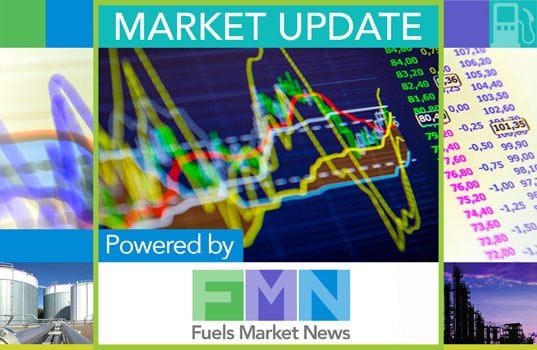Market Report & Analysis for 6/22/2018 Afternoon Edition

Afternoon Market Overview
Although US production has been increasing strongly and setting new production records weekly many logistical bottlenecks are cropping up in some of the main shale producing areas like the Permian as well as in the export regions in the Gulf Coast. This could result in US production growing but at a much slower pace than over the last year. On a year over year basis US production has increased by around 17.6%. If the bottlenecks do in fact impede US production it would also be supportive for the Saudi goal of increasing production to fill any further supply gaps.
There also remains many other evolving geopolitical situations that could impact supply over the next 6 to 12 months. The Venezuelan economy is spiraling out of control resulting in oil production and exports declining exponentially. The ongoing proxy war between Iran and Saudi Arabia in Yemen remains a risk to supply from that region. Also with the US expected to add sanctions on Iran in the coming months oil exports from Iran could start to be impacted. Finally, the main impact to the demand side of the equation would be an all- out global trade war. I do not think that will occur as I truly believe all the tariff talk and threats are being used as negotiating tools by all parties.
The market consensus heading into Friday’s OPEC meeting is there will likely be a production increase announced but likely of the smaller 300 to 600,000 bpd variety along with a very carefully worded communique.
We suspect the communique will link the increase into a gradual progression and be based on demand by buyers. The implications would be… to expect some stability in oil prices if an OPEC increase is announced. Rather than a trading range of $80 to $100/bbl without an increase we would expect a post increase trading range to be $55 to $75/bbl in the short to medium term. If this turns out to be the trading range it would be a reasonable price level for oil end users and US crude oil producers. It will also be good for the US and global economy as prices would not be high enough to result in a negative elasticity of demand slowing the economy and thus oil consumption.
Finally, this is going to be the single most important OPEC meeting since the cut meeting back in late 2016. The outcome of the meeting will set the stage as to how oil prices trade for at least the next 6 months to a year.





